When it comes to powering your commercial or industrial operations, having a reliable source of electricity is crucial. That’s where industrial generators come into play. Whether you’re running a manufacturing facility, a data centre, or an office building, finding the right industrial generator size is essential to ensure uninterrupted power supply. In this comprehensive guide, we’ll walk you through the process of selecting the right industrial generator capacity for your specific needs.
Assessing Your Power Needs: Residential vs. Industrial Generators
Before diving into the specifics of choosing the right industrial generator size, let’s briefly differentiate between residential and industrial generators. While residential generators are designed to provide backup or standby power for homeowners, industrial generators cater to the higher power demands of commercial and industrial applications.
Industrial generators come in a range of sizes, typically starting from around 20kW and going up to over 3MW. These generators are capable of handling the power requirements of office buildings, manufacturing facilities, data centres, and other large-scale operations. It’s important to note that industrial generators often utilise three-phase motors to deliver the necessary power.
Calculating Your Power Requirements
To determine the ideal industrial generator size for your needs, you must first calculate your power requirements accurately. This involves assessing the wattage needed to start up your equipment (starting wattage) and the wattage required to keep it running (running wattage). By understanding these power demands, you can select a generator that can handle the load without straining its capacity.
Start by creating a comprehensive list of all the equipment and appliances that will be powered by the generator. For each item, identify its starting wattage and running wattage. This information is usually available on the equipment itself or in the owner’s manual. In case you can’t find the exact wattage, you can estimate it using online resources or ballpark figures.
Once you have the wattage figures for each item, add them up to calculate your total power requirement. It’s generally recommended to choose a generator that has a capacity 10-20% larger than your total power requirement. This provides some leeway for potential equipment upgrades or increased power demands in the future.
Considerations for Sizing an Industrial Generator
While the total wattage is a crucial factor in selecting the right industrial generator size, there are other considerations to keep in mind as well. These factors can affect the performance, efficiency, and overall suitability of the generator for your specific application. Let’s explore these considerations in more detail:
Load Type: Resistive vs. Reactive
Different types of loads require varying amounts of power. Resistive loads, such as incandescent lights and heating elements, have a consistent power requirement. On the other hand, reactive loads, such as motors and transformers, require additional power during startup due to the initial surge of energy needed. It’s essential to account for this surge when sizing your industrial generator to ensure it can handle the starting wattage of your reactive loads.
Load Factor
The load factor refers to the ratio of your actual energy usage in kilowatt-hours to your peak demand in kilowatts. Understanding your load factor helps you determine the average power consumption and estimate the size of the generator needed. You can calculate the load factor by dividing your total kilowatt-hours for a specific period by the product of your peak demand, number of days, and number of hours in a day.
Efficiency and Fuel Consumption
Efficiency plays a vital role in the performance and cost-effectiveness of your industrial generator. Higher efficiency generators can provide the same power output while consuming less fuel, resulting in lower operating costs. When comparing different generator models, pay attention to their fuel consumption rates and efficiency ratings to make an informed decision.
Space and Noise Constraints
Consider the physical space available for installing the generator and any noise restrictions that may apply. Industrial generators can vary in size, and it’s essential to choose a model that fits within your allocated space while complying with local noise regulations. Some generators offer soundproofing features or enclosures to minimise noise levels, making them suitable for indoor installations or noise-sensitive environments.
Redundancy and Backup Systems
In certain industries or critical operations, redundancy and backup systems are necessary to ensure uninterrupted power supply. Assess whether your operations require a single generator or multiple generators operating in parallel. Paralleling generators can provide greater flexibility, allowing for maintenance or repairs on one unit without disrupting the entire power supply.
Additional Factors to Consider
While the calculations and considerations mentioned above provide a solid foundation for selecting the right industrial generator size, there are additional factors that may influence your decision. These factors can vary depending on your specific industry, location, and operational requirements. It’s important to consult with experts in the field who can provide personalised recommendations tailored to your unique needs.
Conclusion
Choosing the right industrial generator size is a critical decision that can significantly impact the reliability and performance of your operations. By accurately assessing your power requirements, considering various factors, and consulting with professionals, you can select an industrial generator that meets your needs while ensuring uninterrupted power supply. Remember to prioritise safety, efficiency, and long-term cost-effectiveness when making your final decision. With the right industrial generator in place, you can power your business with confidence and peace of mind.

